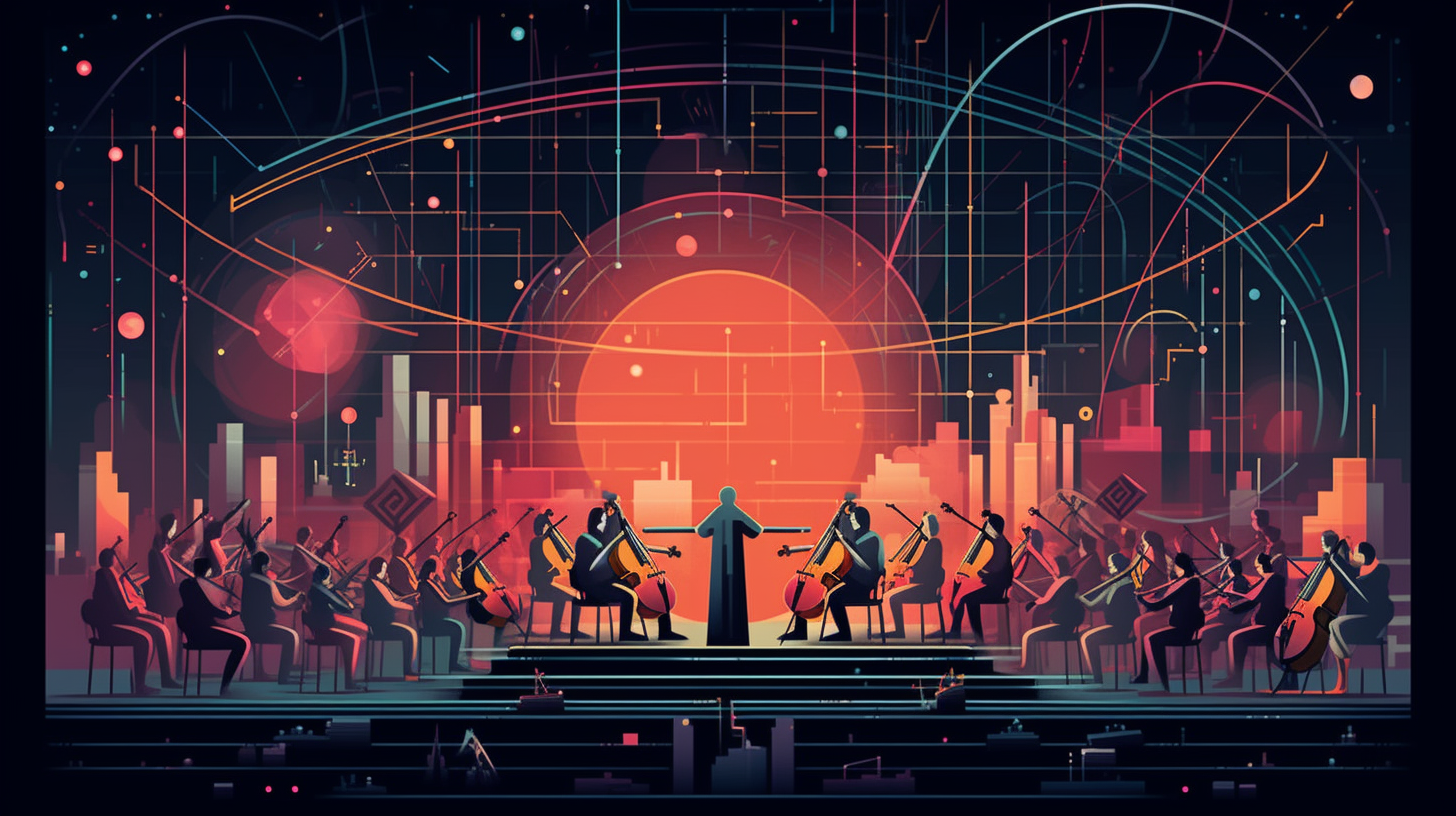A Comprehensive Study on Common OS Types and Their Purposes

Underneath all the flashy applications, entertaining games, and productivity tools of any device, lurks the unsung hero – the operating system(OS). Firmly lodged in the background, the OS orchestrates a harmonious symphony of tasks – managing files, deploying resources, juggling processes, and providing an interface between the user and the hardware, among other things. This blog is an attempt to pull back the curtain and reveal the nuances that go into various types of operating systems, as a part of the CompTIA A+ Core 2 (220-1102) exam.
Window to the World: Microsoft Windows
With its roots stretching back to the 1980s, Microsoft Windows - an offspring of the well-known Microsoft company - has become somewhat of a quintessential figure in the realm of OS. Equipped with a Graphical User Interface (GUI), the Windows OS step-foot into an era dominated by text-based User Interface of its contemporaries. Its user-friendliness and compatibility with a wide variety of hardware components have cemented its position as a household favorite.
Apple of the Eye: Mac OS
Crafted by Apple, the Mac OS needs no introduction. Specially designed for Apple’s Macintosh computers, the OS embodies the company's pursuit of perfection and innovation. It blends an aesthetic interface with robust security features, carving a niche for itself. Although its architecture differs from Windows, the same philosophy of simplicity and intuition drives user interaction in Mac OS.
Freedom, Thy Name is Linux
Riding on the wave of Open Source, Linux takes a unique approach to the word 'operating system'. The brainchild of Linus Torvalds, Linux gives a nod to freedom, flexibility, and the power of communal collaboration. Primarily based on command-line interface, Linux seems daunting to beginners, but its potency and customizability have won over developers and system administrators alike.
Unseen Force: Unix
Sitting in the backdrop, Unix has silently trailblazed its path since its inception in the 1970s. Powered by its stability, security, and multi-user capabilities, Unix has been a long-standing choice for servers, mainframes, and workstations, especially in academic and industrial contexts. Although not as widely seen in personal computers, Unix's essence can be felt in its descendants like Linux and macOS.
Mobile Maestros: Android and iOS
The realm of mobile devices is primarily governed by two mighty forces - Android and iOS. Android, an offshoot of Linux, was envisaged by Google and the Open Handset Alliance. In contrast, iOS, is Apple's brainchild, created exclusively for its devices. While Android promotes flexibility, iOS is renowned for its seamless, intuitive experience, and sturdy security features.
Laying down the Statistics
Now, let's dive into the statistics to provide a concrete footing to our discussion. According to Statcounter, as of February 2022, Windows captures a staggering 75.14% market share in desktop OS. Mac follows suit with about 15.85%. While Linux may not dominate the consumer market, it still holds onto a respectable 1.7% share.
In the mobile Operating System market, Android leads the pack with a commanding 72.47% market share, with iOS chasing closely behind, boasting a 26.91% share. In 2021, global smartphone sales reached approximately 1.35 billion, as revealed by Gartner data. Android dominated this space, responsible for 86.1% of those sales, while iOS filled out the remainder with 13.9%.
It needs a special mention that the server domain tells a different tale. Based on the W3Techs' September 2021 data, Unix-derivatives like Linux make up a dominating 66.7% share in web servers, while Windows server holds around 31.9% market share.
Delving into Oss, it becomes quite evident that they serve as the backbone of our tech-driven world, silently orchestrating an array of tasks. Their roles may vary, but their purpose remains congruent - to provide an efficient, secure, and user-friendly interface that seamlessly bridges the gap between the user and the hardware, ensuring a smooth ride in the digital world.